WeWork 37 Avenue Trudaine is nestled under a mesmerising glass roof
WeWork 37 Avenue Trudaine in Paris offers contemporary workspace in a historic setting, under an undulating, highly engineered glass roof
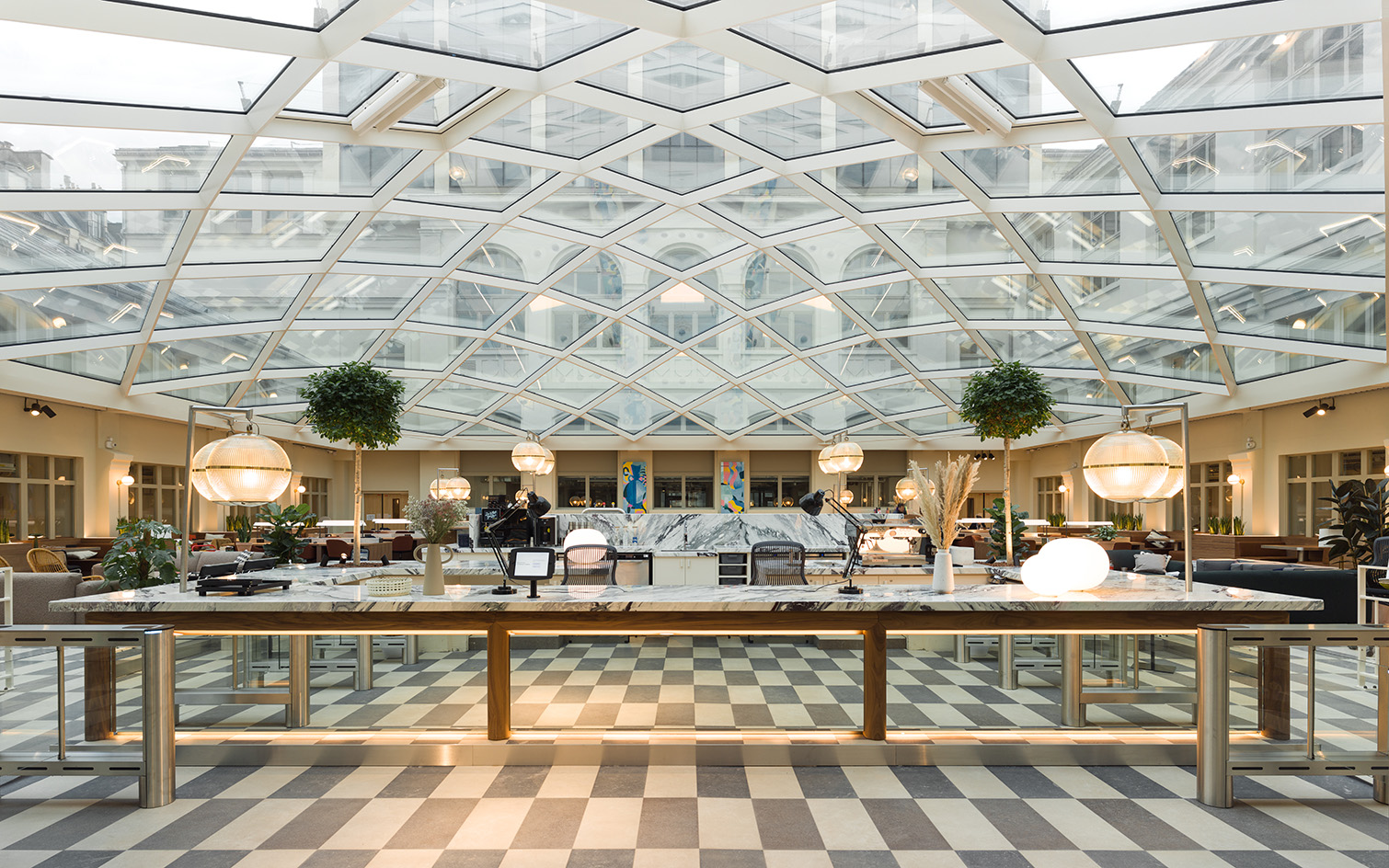
Housed in a handsome period building, WeWork 37 Avenue Trudaine in Paris offers pristine, contemporary workspace, while drawing on its context's architecture and history. The space, located within a former school, dating back to 1863, is in the heart of the 9th arrondissement and sits within a carefully planned complex that spans offices, social housing units, a crèche and parking. It all comes together under a magnificent glass roof, featuring mesmerising curves and complex engineering, mirroring the grandeur of 20th century Paris, and projects such as the Gare du Nord.
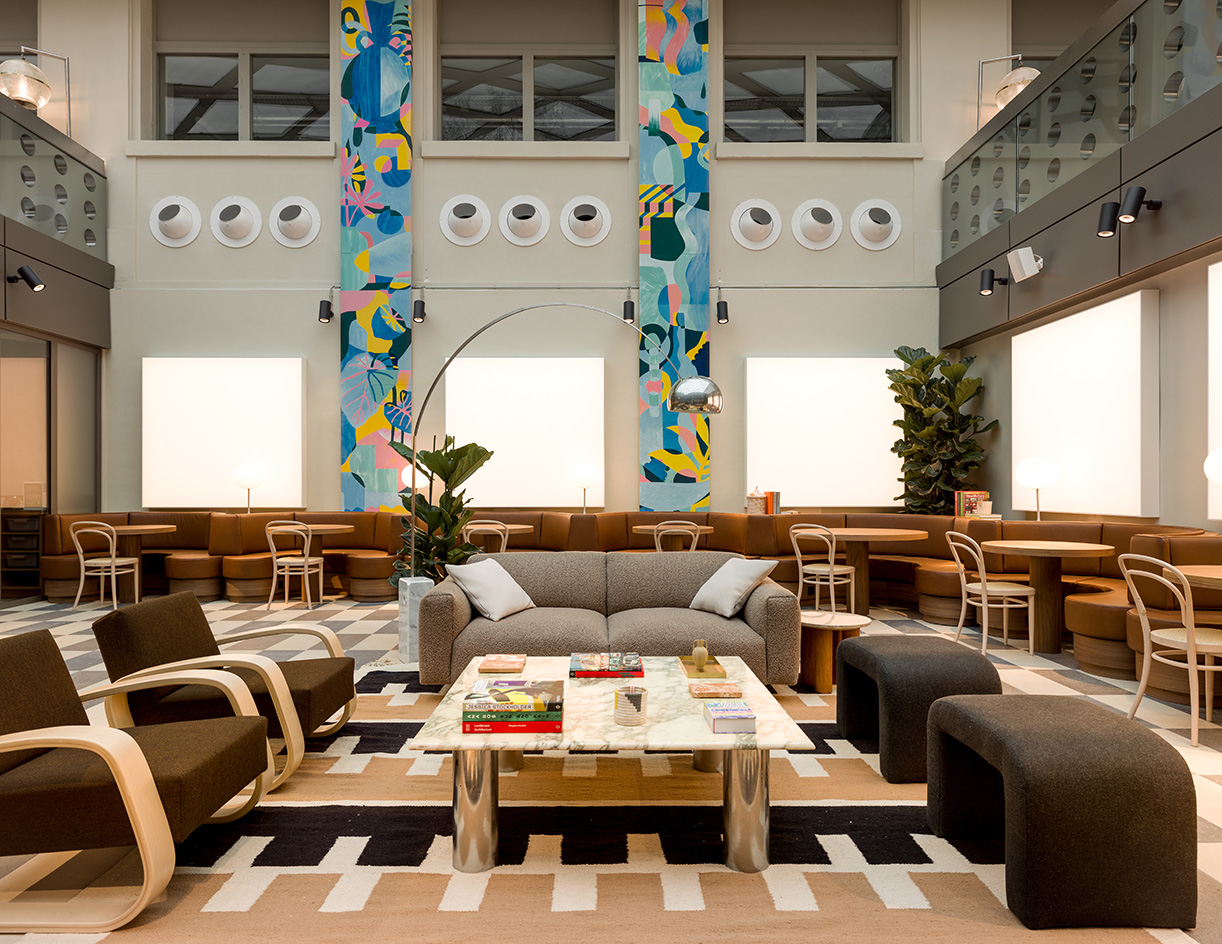
WeWork 37 Avenue Trudaine, Paris
Covering a generous 7,035 sq m, WeWork 37 Avenue Trudaine was designed to cater to a range of needs and functions. The renowned flexible working brand's 20th location in Paris, WeWork 37 Avenue Trudaine contains a variety of set-ups: from private offices to adaptable ‘office suites’ and entire floors of private deskspace and amenities. A range of breakout and social areas is also brought into the mix, located mostly on the lower ground level.
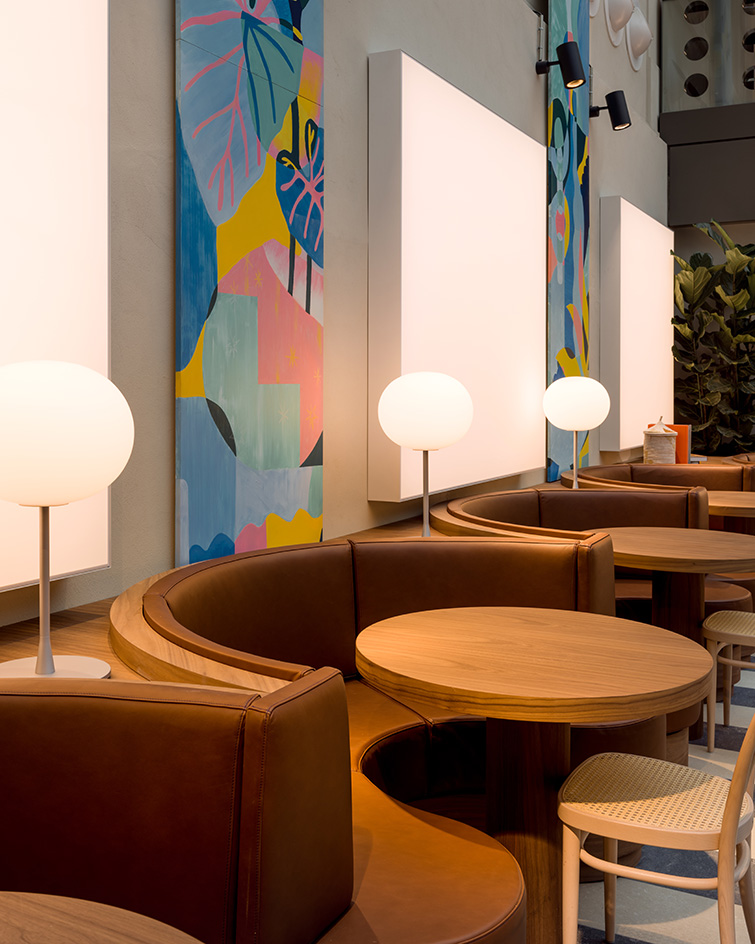
The venue's design mixes the existing structure's historical character (the façade has been fully maintained, along with various preserved original features such as the flooring), with contemporary elements. Bespoke joinery, for example, provides functional elements for reception, meeting, and work areas. Materials beyond timber include marble tops in Breccia Capraia honed finish in the communal areas, alongside leather and stainless steel details, aiming to create a smart, coherent atmosphere that feels at once warm and welcoming, but also current.
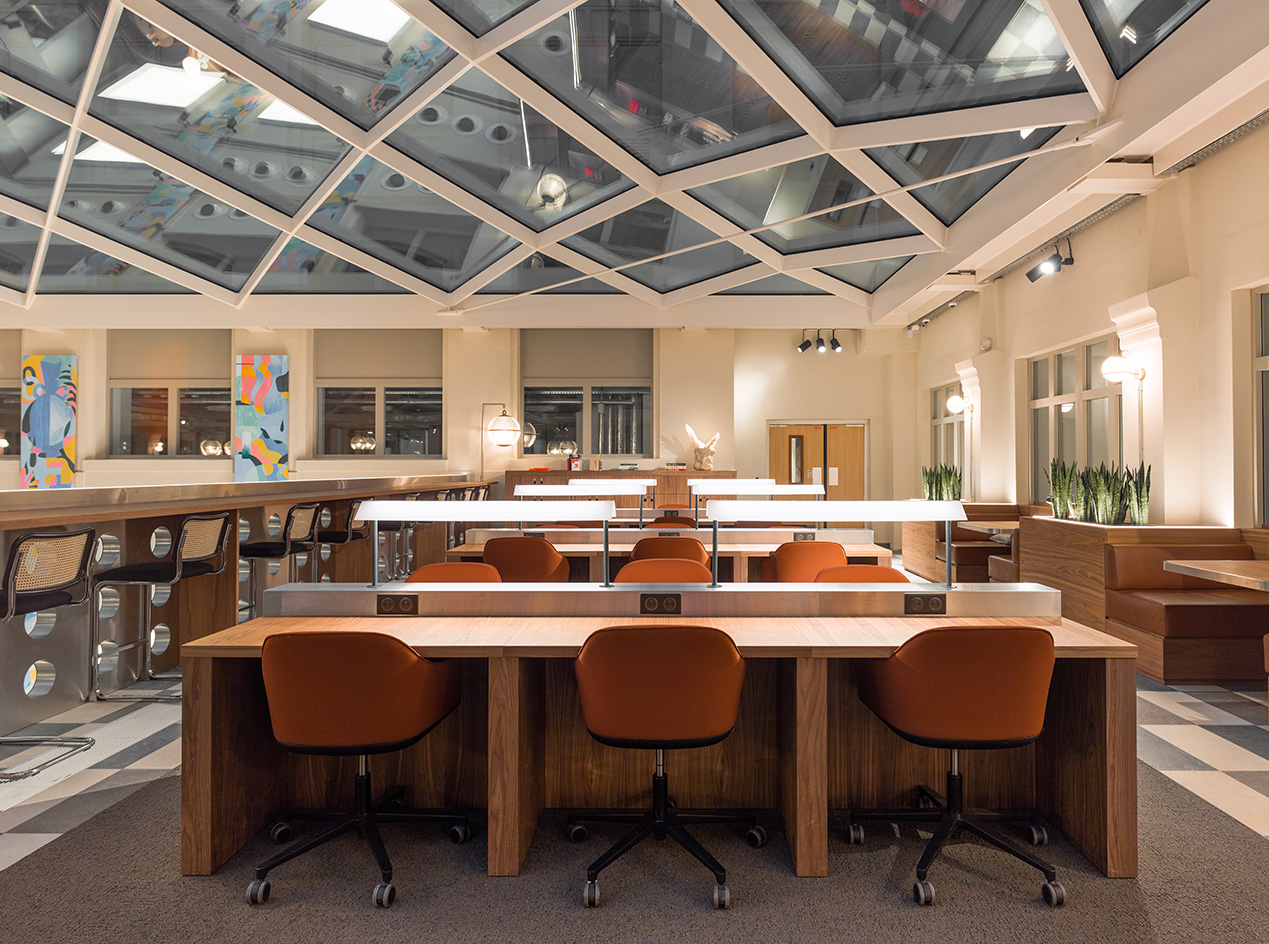
The undulating roof, designed by DVVD Architects (which also tackled the overall building architecture and preservation elements) in collaboration with Bechu + Associés, remains the complex's standout feature. Its light, high-performance steel shell, succeeds in bathing the courtyard in light while being thermally efficient, ensuring sustainable architecture principles remain in play.
‘At WeWork, our design decisions are influenced by our own expertise as well as by the constant feedback we get from our members across the world. This approach, combined with the inherent flexibility of our spaces, means we are not only able to understand what workers actually need and want from the modern workplace but are able to adapt our spaces as these trends evolve, something that has become increasingly important in today's world of work,' says Ebbie Wisecarver, global head of design at WeWork.
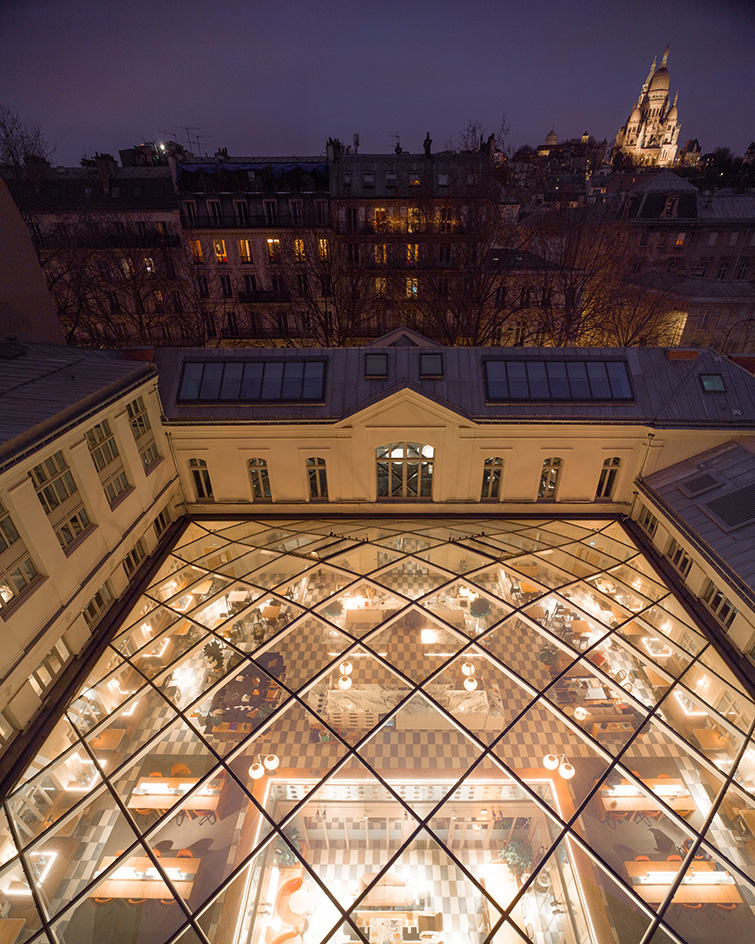
'WeWork 37 Avenue Trudaine is a prime example of this. From lounge space and meeting rooms to quiet nooks and dedicated focus areas, we have created a purpose-driven, "destination" workspace that blends functional, flexible and thoughtful design to ensure our members can have their most productive work day,' Wisecarver continues. 'What's more, as part of our design ethos to bring local flavour to our spaces, we have incorporated bespoke artwork and 1970s vintage Parisian street lights to pay homage to the city. The glass canopy, in particular, creates an incredible light effect throughout the ground floor and we have been able to balance this with a marble finish and warm materials to create an inspiring environment that members love to work from.'
Receive our daily digest of inspiration, escapism and design stories from around the world direct to your inbox.
Ellie Stathaki is the Architecture & Environment Director at Wallpaper*. She trained as an architect at the Aristotle University of Thessaloniki in Greece and studied architectural history at the Bartlett in London. Now an established journalist, she has been a member of the Wallpaper* team since 2006, visiting buildings across the globe and interviewing leading architects such as Tadao Ando and Rem Koolhaas. Ellie has also taken part in judging panels, moderated events, curated shows and contributed in books, such as The Contemporary House (Thames & Hudson, 2018), Glenn Sestig Architecture Diary (2020) and House London (2022).
-
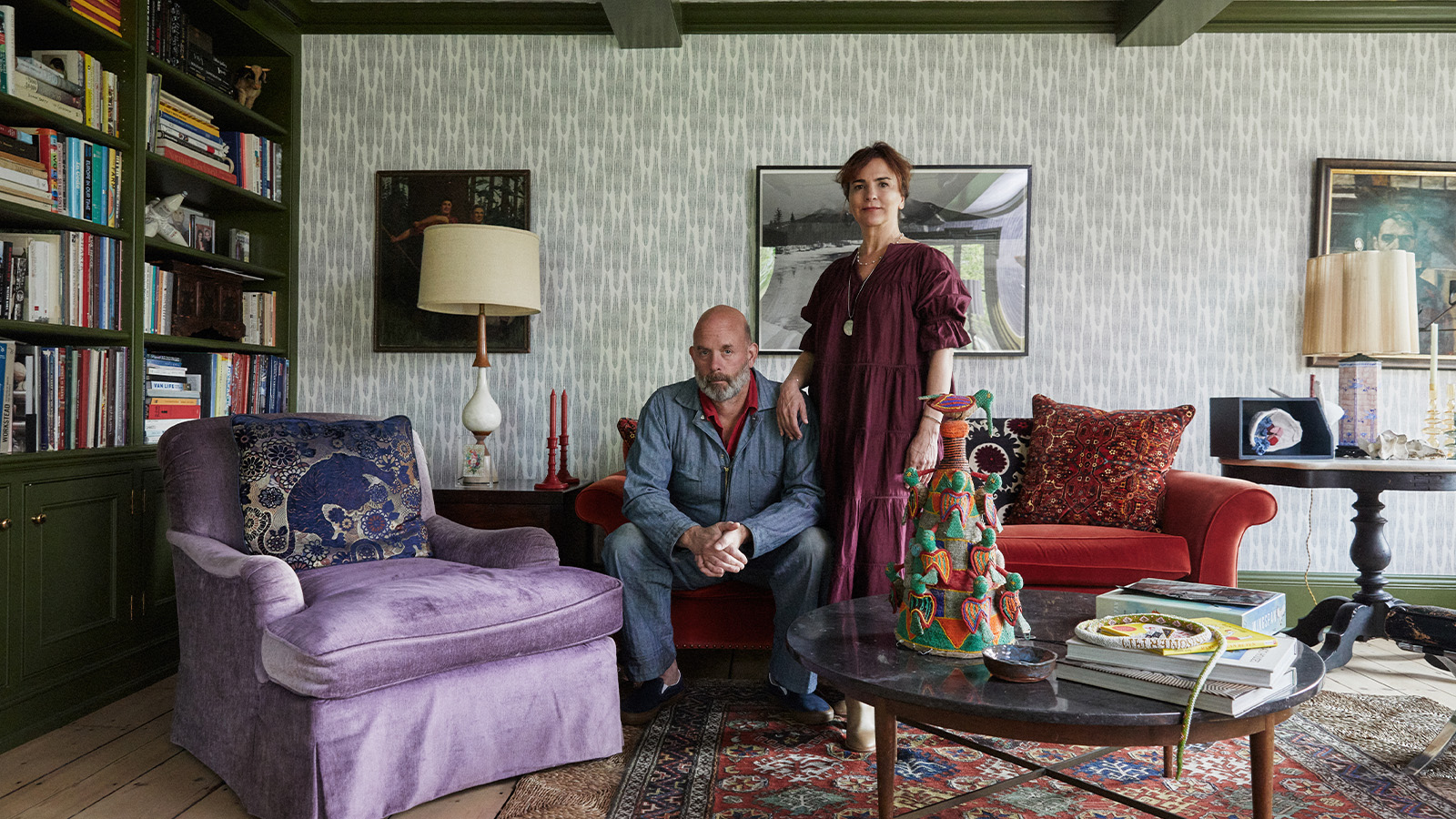 How We Host: Interior designer Heide Hendricks shows us how to throw the ultimate farmhouse fête
How We Host: Interior designer Heide Hendricks shows us how to throw the ultimate farmhouse fêteThe designer, one half of the American design firm Hendricks Churchill, delves into the art of entertaining – from pasta to playlists
-
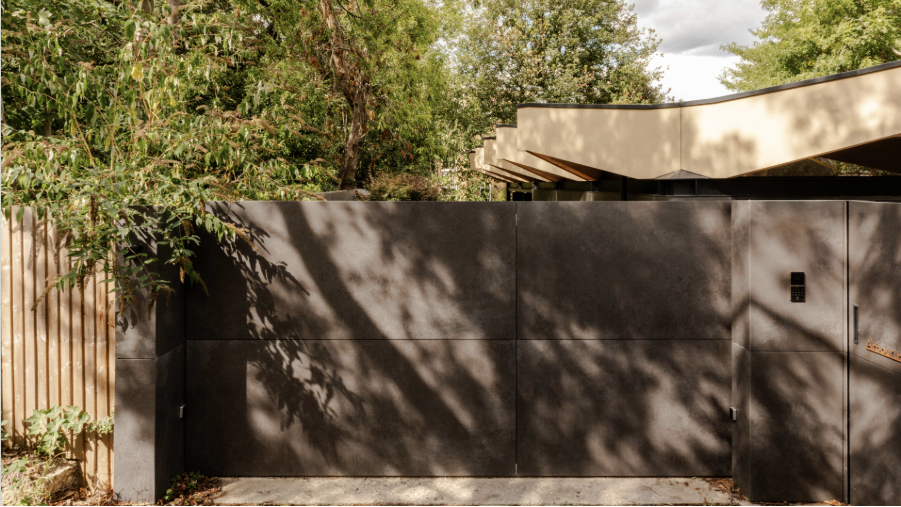 Arbour House is a north London home that lies low but punches high
Arbour House is a north London home that lies low but punches highArbour House by Andrei Saltykov is a low-lying Crouch End home with a striking roof structure that sets it apart
-
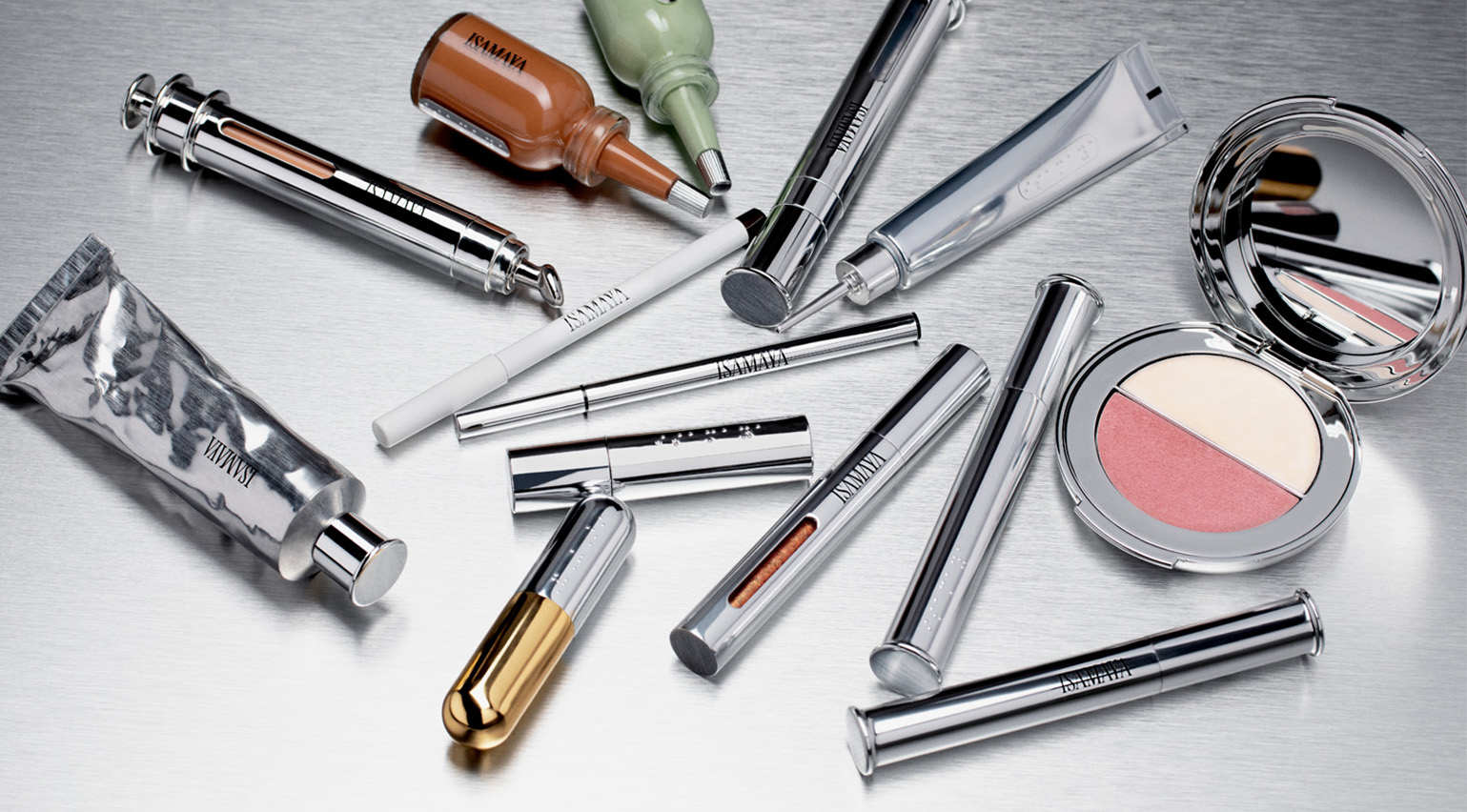 25 of the best beauty launches of 2025, from transformative skincare to offbeat scents
25 of the best beauty launches of 2025, from transformative skincare to offbeat scentsWallpaper* beauty editor Mary Cleary selects her beauty highlights of the year, spanning skincare, fragrance, hair and body care, make-up and wellness
-
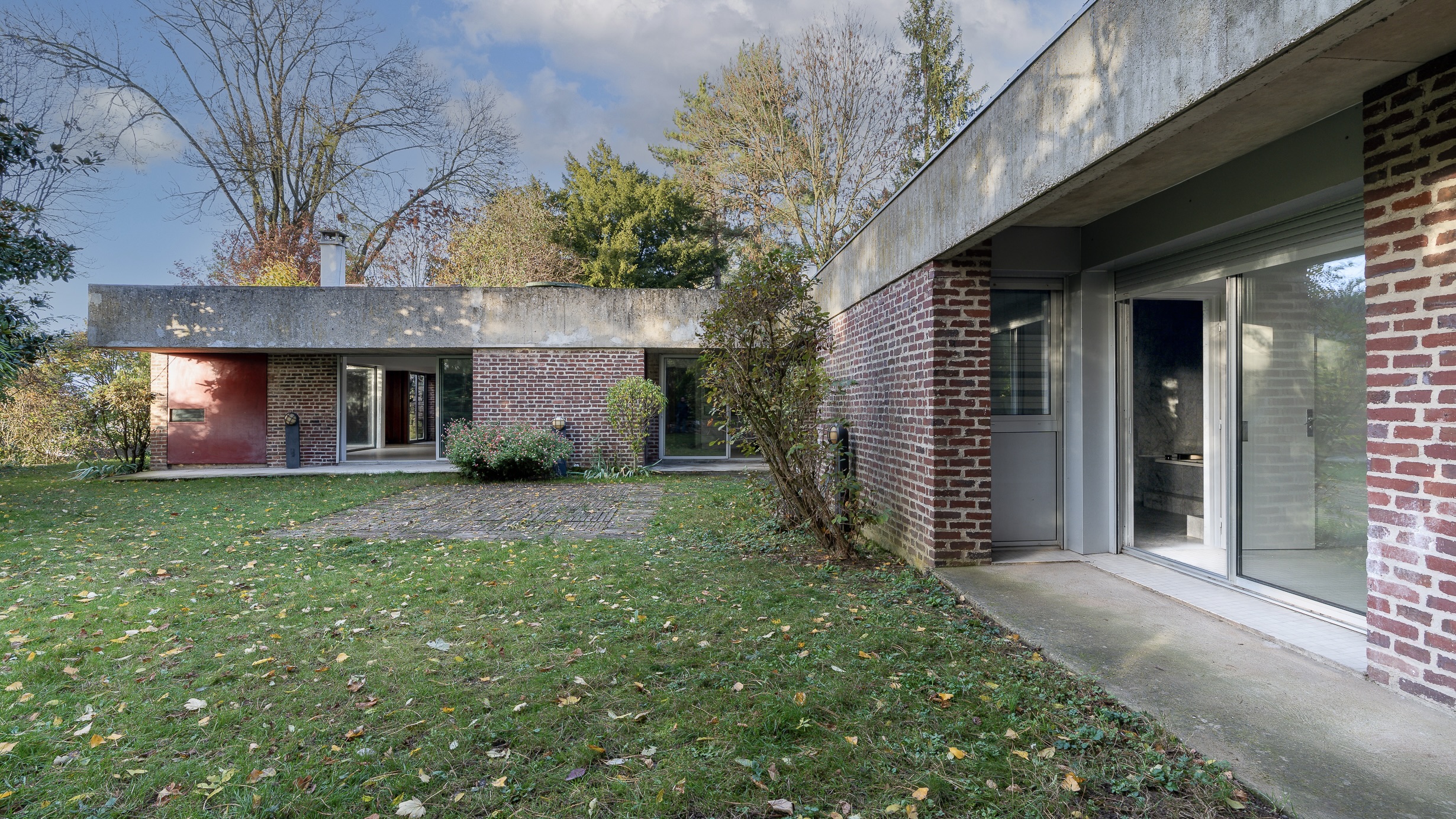 This modernist home, designed by a disciple of Le Corbusier, is on the market
This modernist home, designed by a disciple of Le Corbusier, is on the marketAndré Wogenscky was a long-time collaborator and chief assistant of Le Corbusier; he built this home, a case study for post-war modernism, in 1957
-
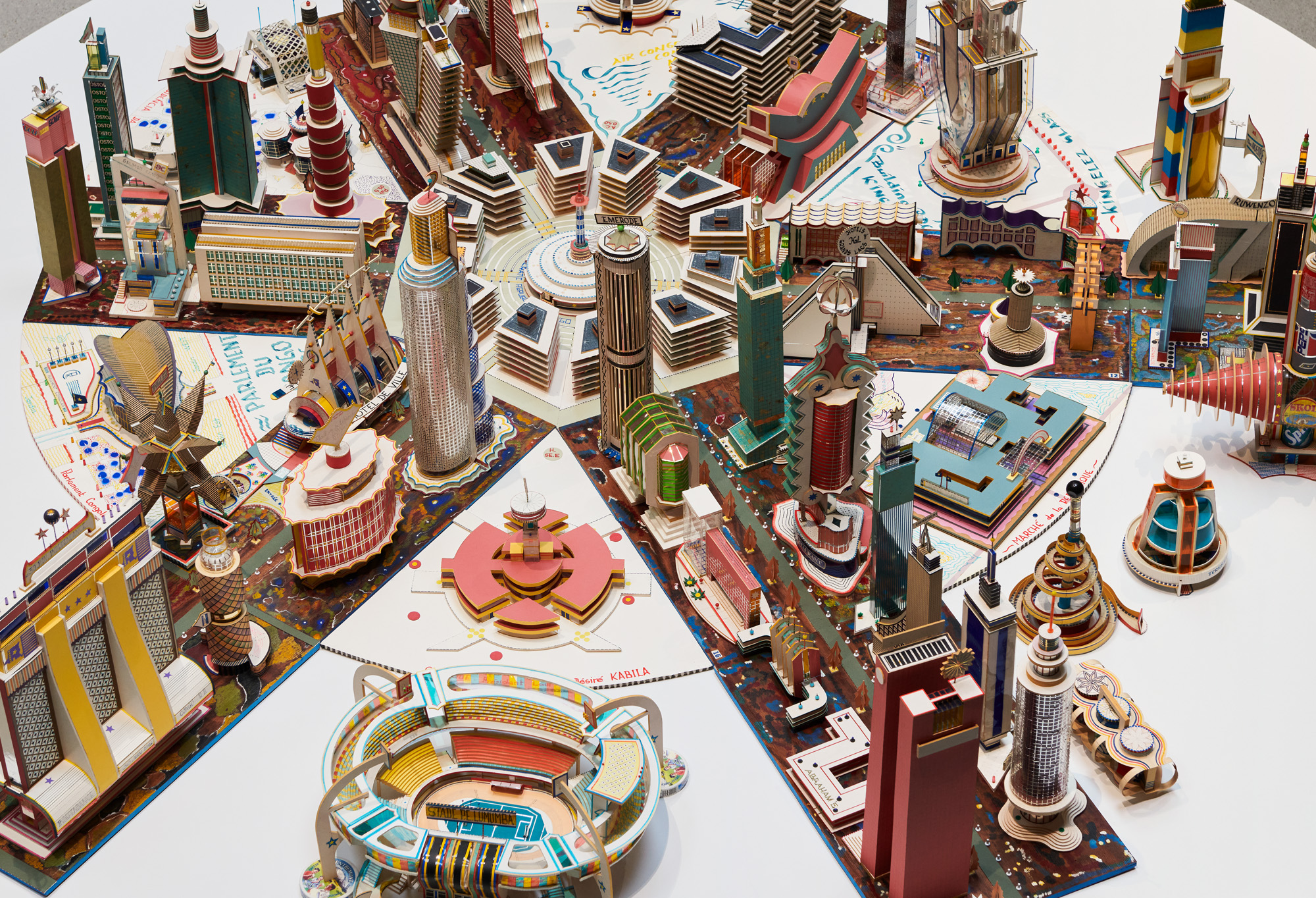 ‘You have to be courageous and experimental’: inside Fondation Cartier’s new home
‘You have to be courageous and experimental’: inside Fondation Cartier’s new homeFondation Cartier pour l'art contemporain in Paris invites us into its new home, a movable feast expertly designed by Jean Nouvel
-
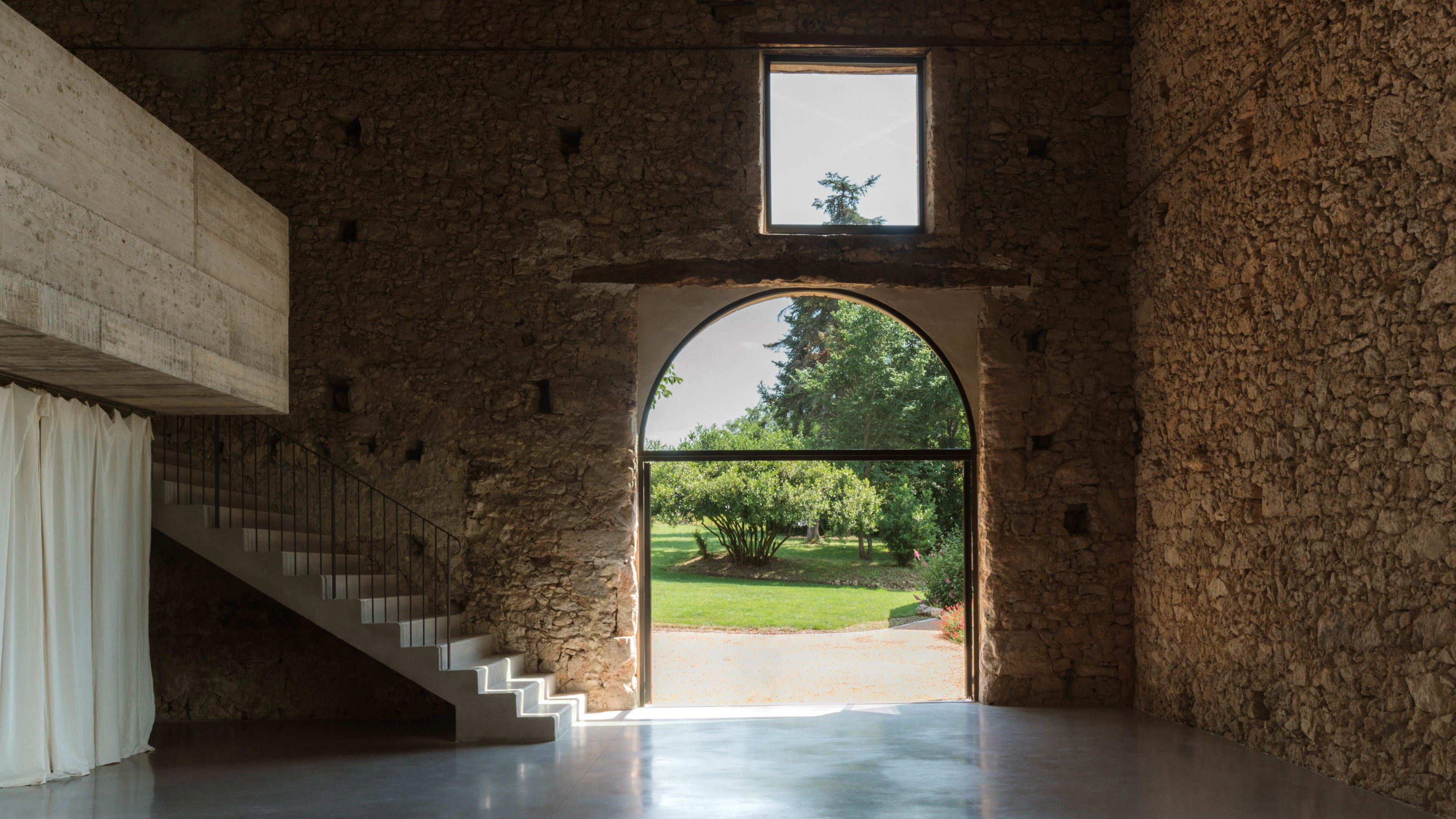 A wellness retreat in south-west France blends rural charm with contemporary concrete
A wellness retreat in south-west France blends rural charm with contemporary concreteBindloss Dawes has completed the Amassa Retreat in Gascony, restoring and upgrading an ancient barn with sensitive modern updates to create a serene yoga studio
-
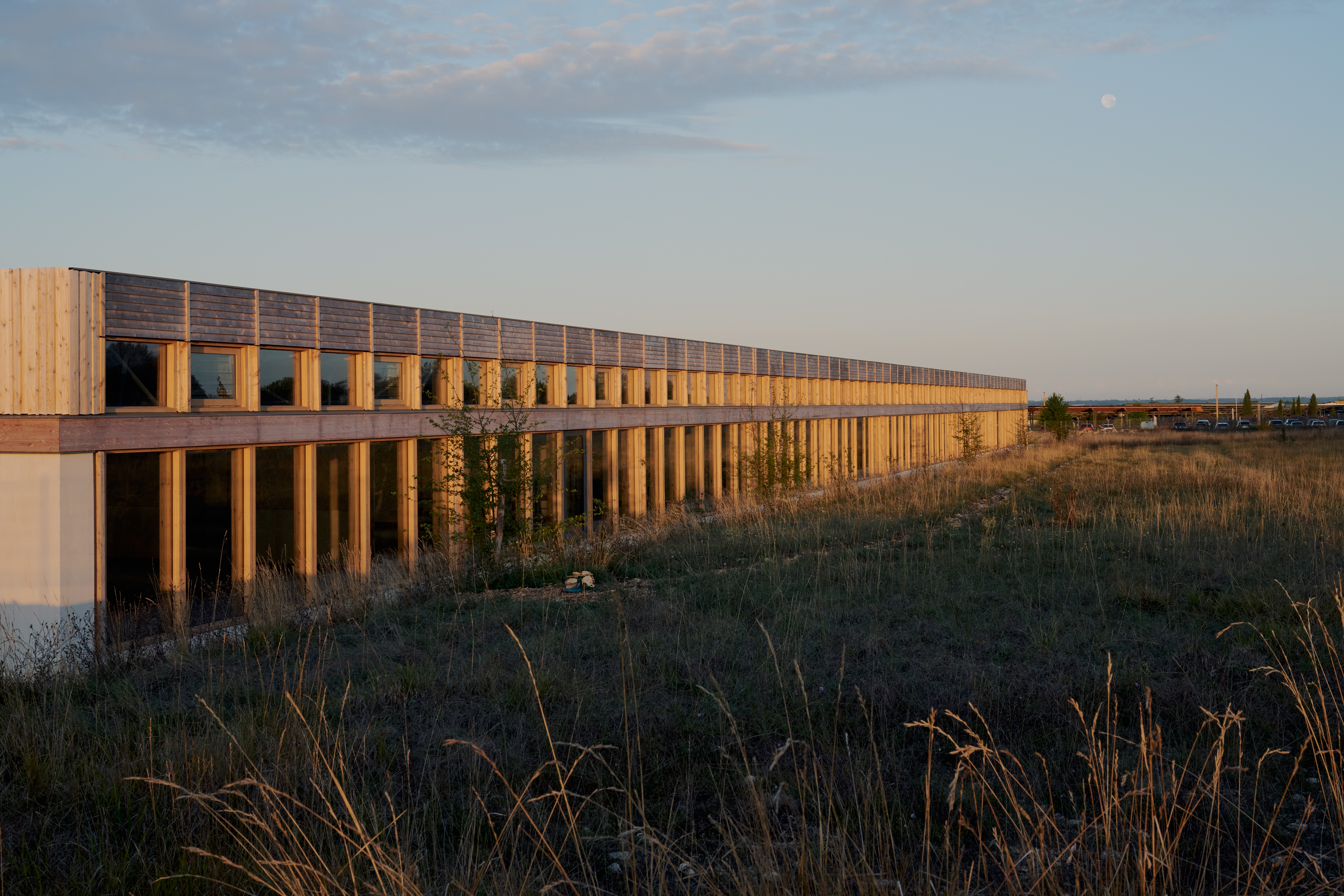 Explore the new Hermès workshop, a building designed for 'things that are not to be rushed'
Explore the new Hermès workshop, a building designed for 'things that are not to be rushed'In France, a new Hermès workshop for leather goods in the hamlet of L'Isle-d'Espagnac was conceived for taking things slow, flying the flag for the brand's craft-based approach
-
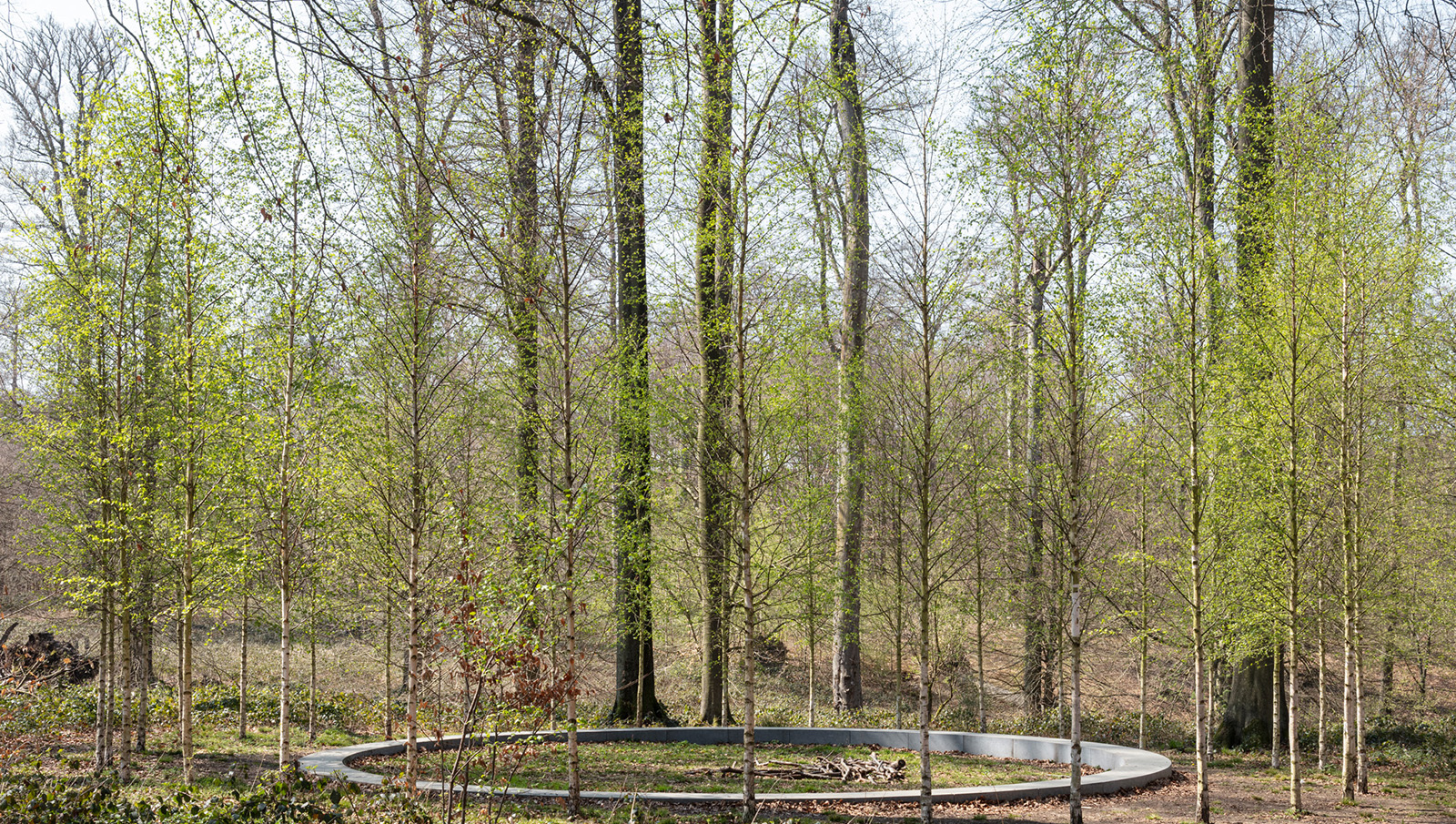 ‘Landscape architecture is the queen of science’: Emanuele Coccia in conversation with Bas Smets
‘Landscape architecture is the queen of science’: Emanuele Coccia in conversation with Bas SmetsItalian philosopher Emanuele Coccia meets Belgian landscape architect Bas Smets to discuss nature, cities and ‘biospheric thinking’
-
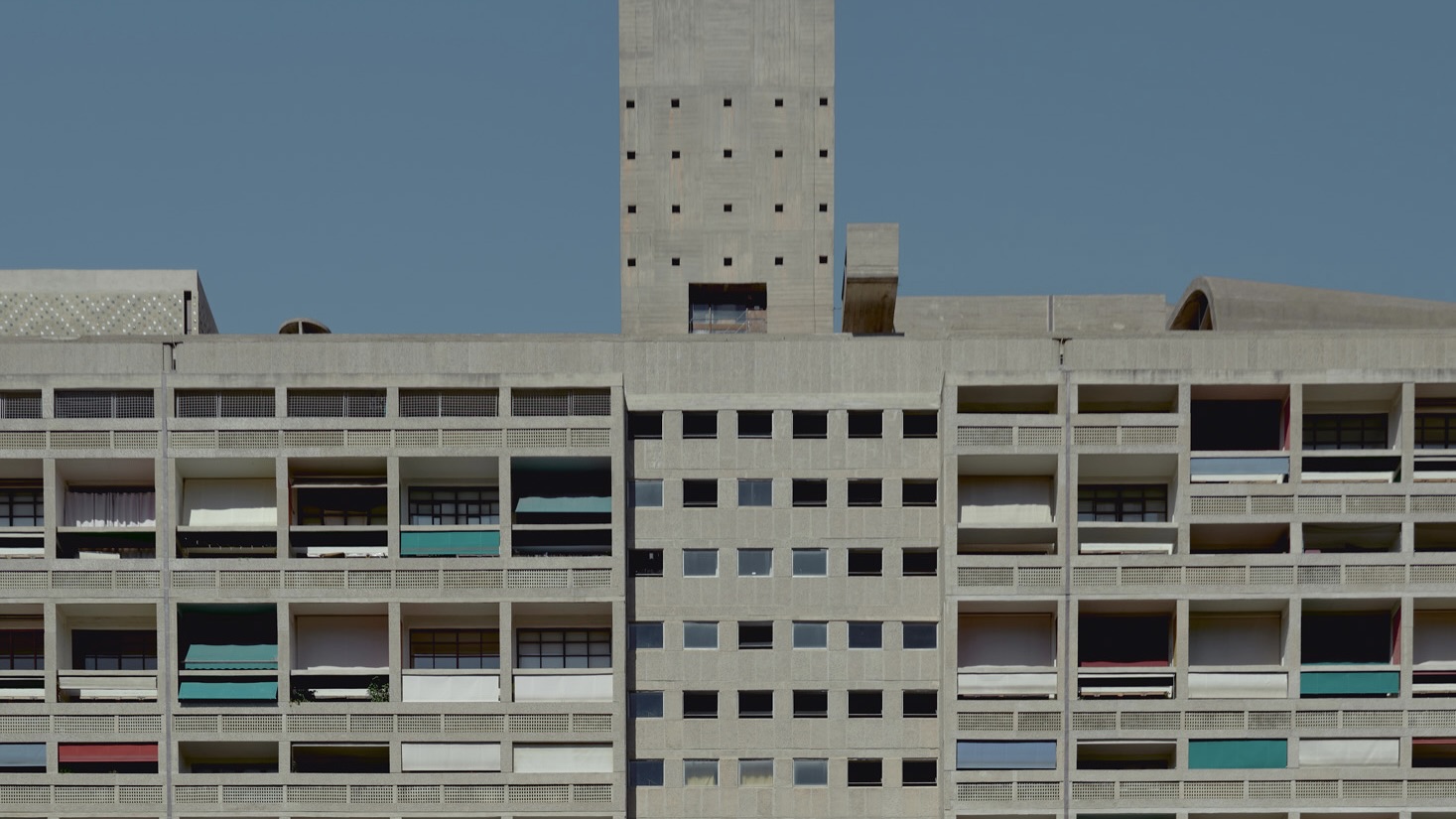 An apartment is for sale within Cité Radieuse, Le Corbusier’s iconic brutalist landmark
An apartment is for sale within Cité Radieuse, Le Corbusier’s iconic brutalist landmarkOnce a radical experiment in urban living, Cité Radieuse remains a beacon of brutalist architecture. Now, a coveted duplex within its walls has come on the market
-
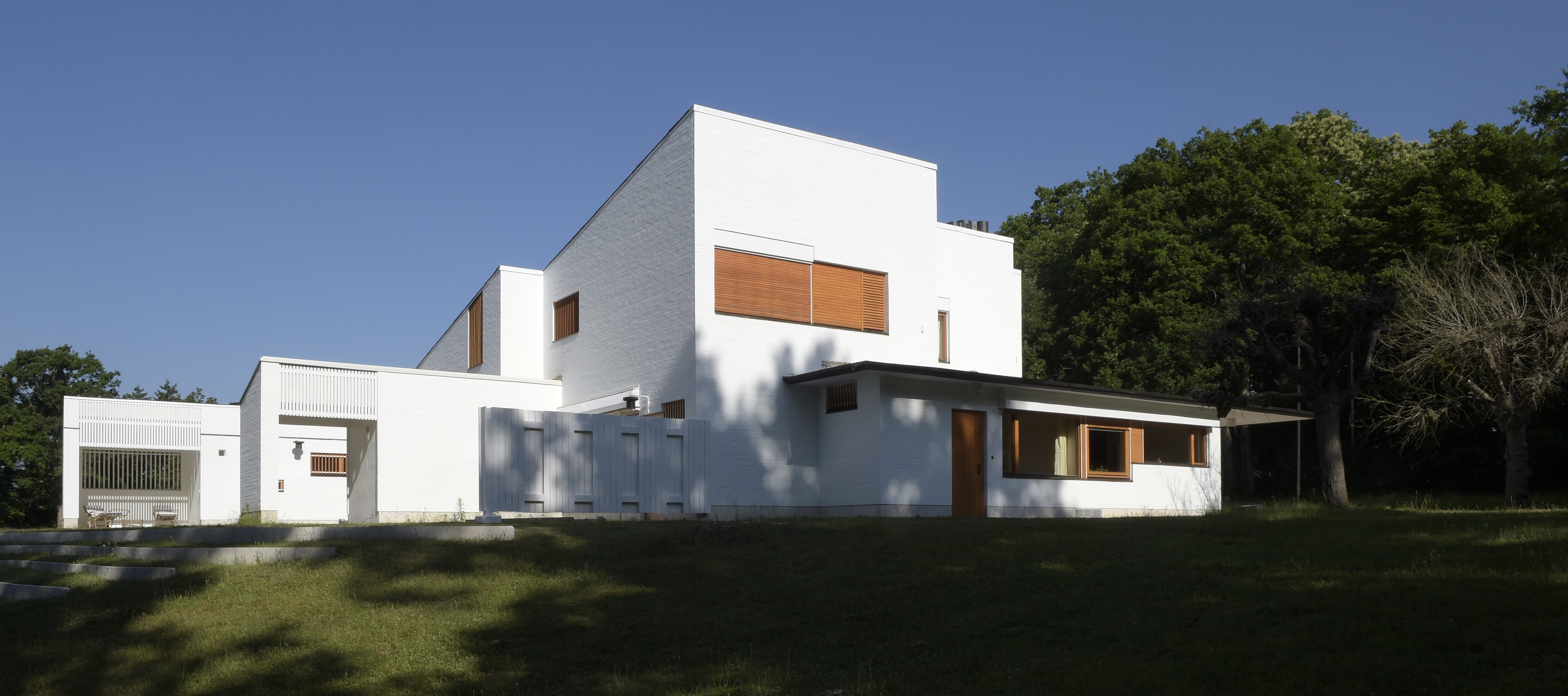 Maison Louis Carré, the only Alvar Aalto house in France, reopens after restoration
Maison Louis Carré, the only Alvar Aalto house in France, reopens after restorationDesigned by the modernist architect in the 1950s as the home of art dealer Louis Carré, the newly restored property is now open to visit again – take our tour
-
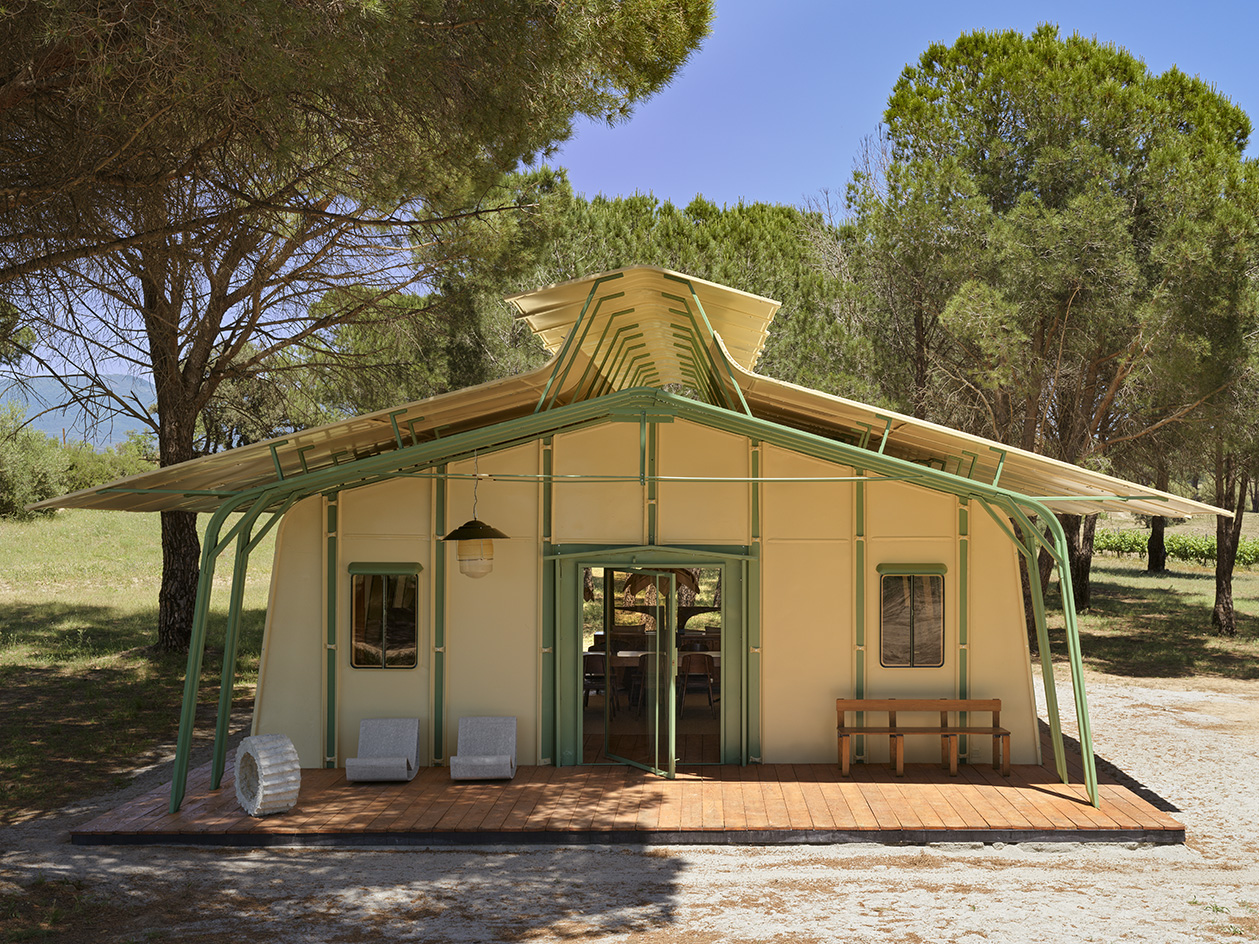 Meet Ferdinand Fillod, a forgotten pioneer of prefabricated architecture
Meet Ferdinand Fillod, a forgotten pioneer of prefabricated architectureHis clever flat-pack structures were 'a little like Ikea before its time.'